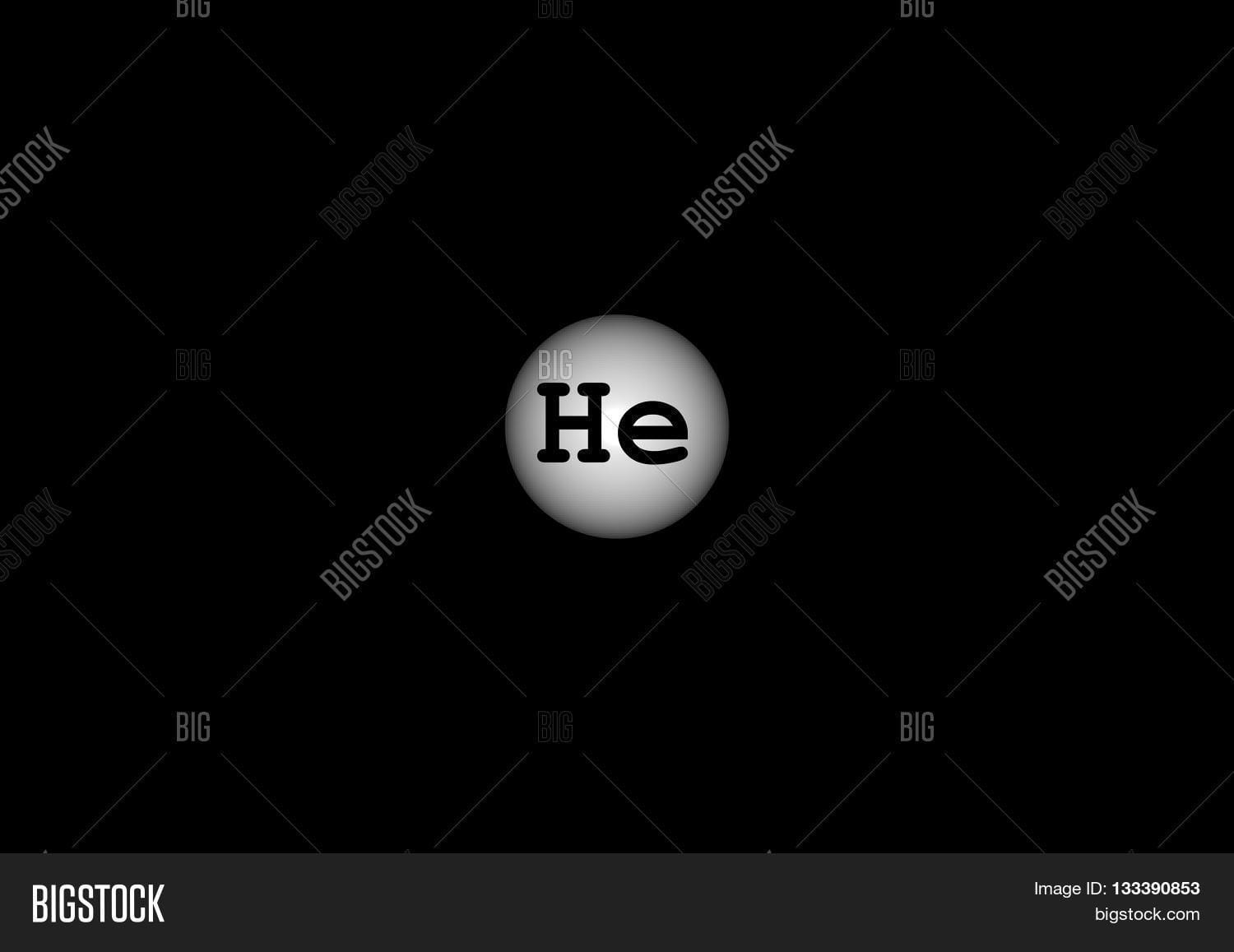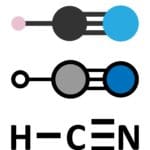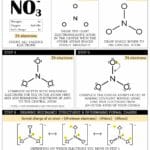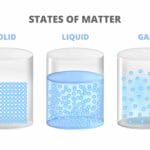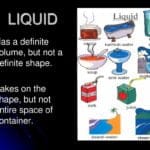Decoding Helium’s Simplicity: The Lewis Dot Structure
Helium, renowned for lifting balloons and creating squeaky voices, owes its unique properties to its atomic structure. The Lewis Dot Structure provides a simple yet powerful visual representation of this structure. It’s like a blueprint showing us how helium’s electrons are arranged.
Helium (He), the second element on the periodic table, contains two protons in its nucleus, balanced by two negatively charged electrons. These electrons reside in specific energy levels, similar to planets orbiting a star. In helium’s case, both electrons occupy the first energy level, termed the 1s² orbital – a cozy space close to the nucleus. Critically, this first energy level can only hold two electrons, meaning helium’s electron shell is completely full. This full shell is the key to helium’s remarkable stability.
Drawing the Lewis Dot Structure for helium is straightforward: write “He” and place two dots around it, each representing one of its two valence electrons – the outermost electrons that interact (or don’t!) with other atoms. So, Helium’s Lewis Dot structure looks like this: He:
These two dots symbolize a full outer shell, making helium incredibly stable. Unlike many other elements, helium doesn’t need to interact with other atoms to share or borrow electrons. This reluctance to react is what chemists call “inert”. This inertness, a hallmark of the noble gas family to which helium belongs, explains its diverse applications, from filling balloons and blimps (it’s lighter than air and doesn’t react with oxygen) to shielding welds from oxygen and cooling MRI magnets. While a full electron shell is currently understood to be the primary reason for helium’s stability, ongoing research might reveal other contributing factors.
Visualizing Helium’s Electrons: The Lewis Dot Diagram
Let’s explore helium’s Lewis dot diagram – a visual guide to its electron arrangement. Helium, following hydrogen on the periodic table, boasts a remarkably simple diagram reflecting its straightforward electron configuration. Simply write “He” and place two dots next to it: He:. These dots represent helium’s two electrons.
While many atoms strive for eight electrons to achieve stability (the octet rule), helium follows the “duet rule”. Its two electrons completely fill its first and only electron shell, creating a stable and “happy” atom. This full electron shell, represented by the paired dots in the Lewis diagram residing in the 1s orbital, explains helium’s inert nature – its lack of reactivity.
This inertness, visualized by the Lewis dot structure, underpins helium’s various applications: from party balloons to protective shielding in welding and cooling in MRI machines.
To draw helium’s Lewis dot diagram:
- Symbol: Write “He” (helium’s element symbol).
- Dots: Add two dots next to “He,” representing its two valence electrons.
- Pairing: Place the dots together, indicating they share the same orbital.
While a simplified model, the Lewis dot diagram provides valuable insights into how electrons influence an element’s properties. Ongoing research continues to refine our understanding of atomic structures and bonding, but the Lewis dot diagram remains a powerful tool for understanding helium’s basic behavior.
Hydrogen vs. Helium: A Tale of Two Lewis Dots
Lewis dot structures help us visualize valence electrons – those outer electrons responsible for atomic interactions. Hydrogen (H) and Helium (He), the lightest elements, exemplify how differing valence electron counts lead to distinct Lewis dot structures and chemical behaviors.
Valence electrons are like tiny hands reaching out to connect with other atoms. Lewis dot structures depict these “hands” as dots around the element symbol. Most atoms aim for eight valence electrons (the octet rule), like completing a set of gloves.
Hydrogen (H), with one valence electron, has the Lewis dot structure: H•. This single dot represents its lone electron seeking a partner to achieve a stable two-electron configuration.
Helium (He), with two valence electrons, has the structure: He: or He••. These paired dots signify a full “hand” set, satisfying the “duet rule”. Helium, content with its two electrons, remains inert, unlike hydrogen’s eagerness to bond.
This difference in valence electrons explains their distinct Lewis dot diagrams and chemical personalities. While simplified, these models effectively illustrate basic chemical behavior. Ongoing research continues to refine our understanding, with some scientists exploring potential reactivity of helium under extreme conditions. The duet and octet rules provide a good starting point, but the reality can be more nuanced.
Helium’s Special Case: The Duet Rule
Helium’s electron dot diagram is unique. Unlike most atoms striving for eight electrons (octet rule), helium is content with two, filling its first electron shell. This “duet rule” makes helium’s electron dot diagram stand out.
Imagine electron shells as parking spaces. Helium’s “parking lot” has only two spots, both filled. Other atoms, like oxygen or neon, have larger lots, constantly seeking to fill all eight spaces. Helium, content with its compact lot, requires no extra spaces.
Helium’s electron dot diagram shows “He” with two dots, representing its two electrons residing in the 1s orbital, the closest “parking spot” to the nucleus. This full valence shell grants helium exceptional stability, like a perfectly balanced seesaw.
This unique configuration places helium in the “noble gas” group, known for their inertness – their reluctance to react. Helium’s two-electron configuration explains this lack of reactivity.
Why doesn’t helium follow the octet rule? Its first electron shell is simply too small, designed to hold only two electrons. Helium’s duet configuration is not an exception but a consequence of its first shell’s limited capacity.
Here’s a comparison:
| Feature | Helium | Most Other Atoms |
|---|---|---|
| Electron Dot Diagram | Two dots around “He” | Eight dots (or less but aiming for 8) |
| Rule Followed | Duet Rule (2 electrons) | Octet Rule (8 electrons) |
| Reactivity | Inert (doesn’t react easily) | Reactive (frequently interacts) |
While current models explain helium’s properties well, ongoing research may reveal further nuances, particularly under extreme conditions. This exploration could deepen our understanding of electron shells and atomic behavior in unusual environments.
If you’d like to learn about what usually causes hydroplaning, see this.
